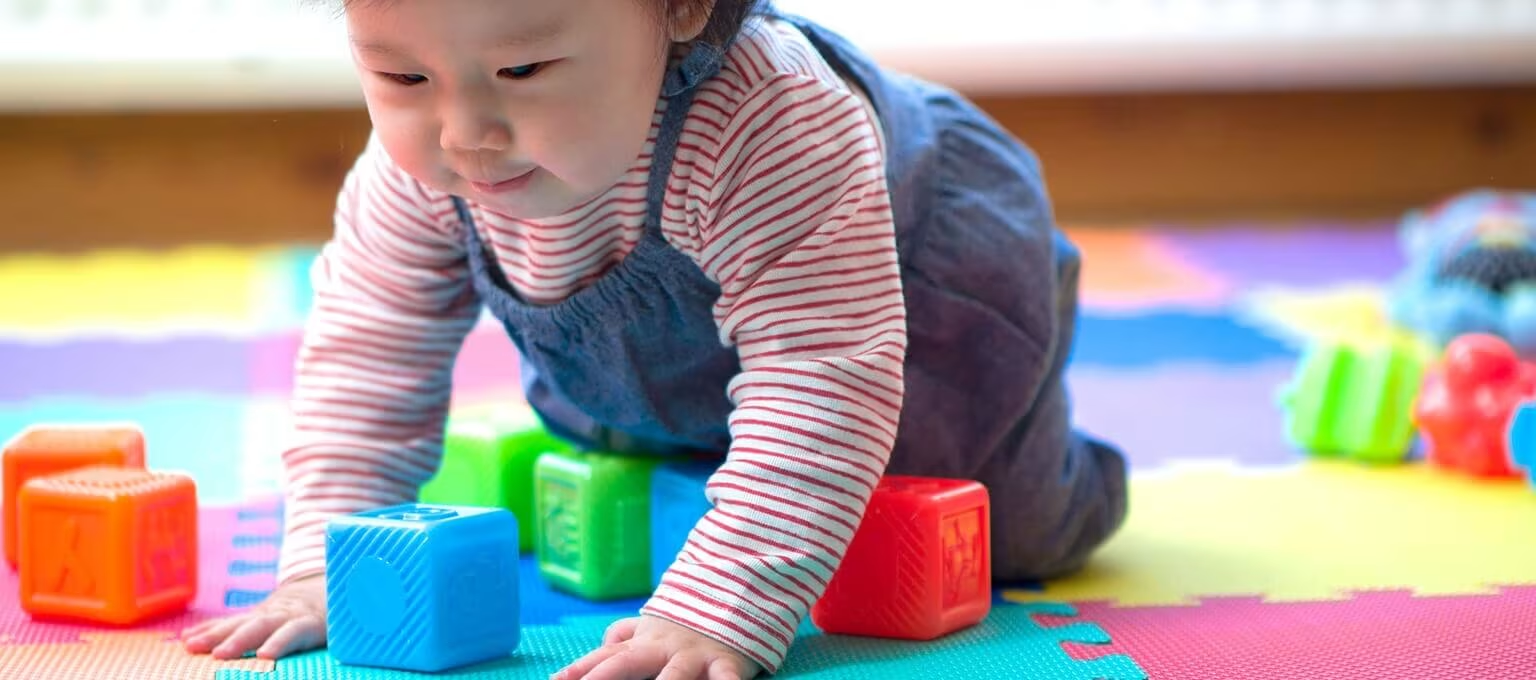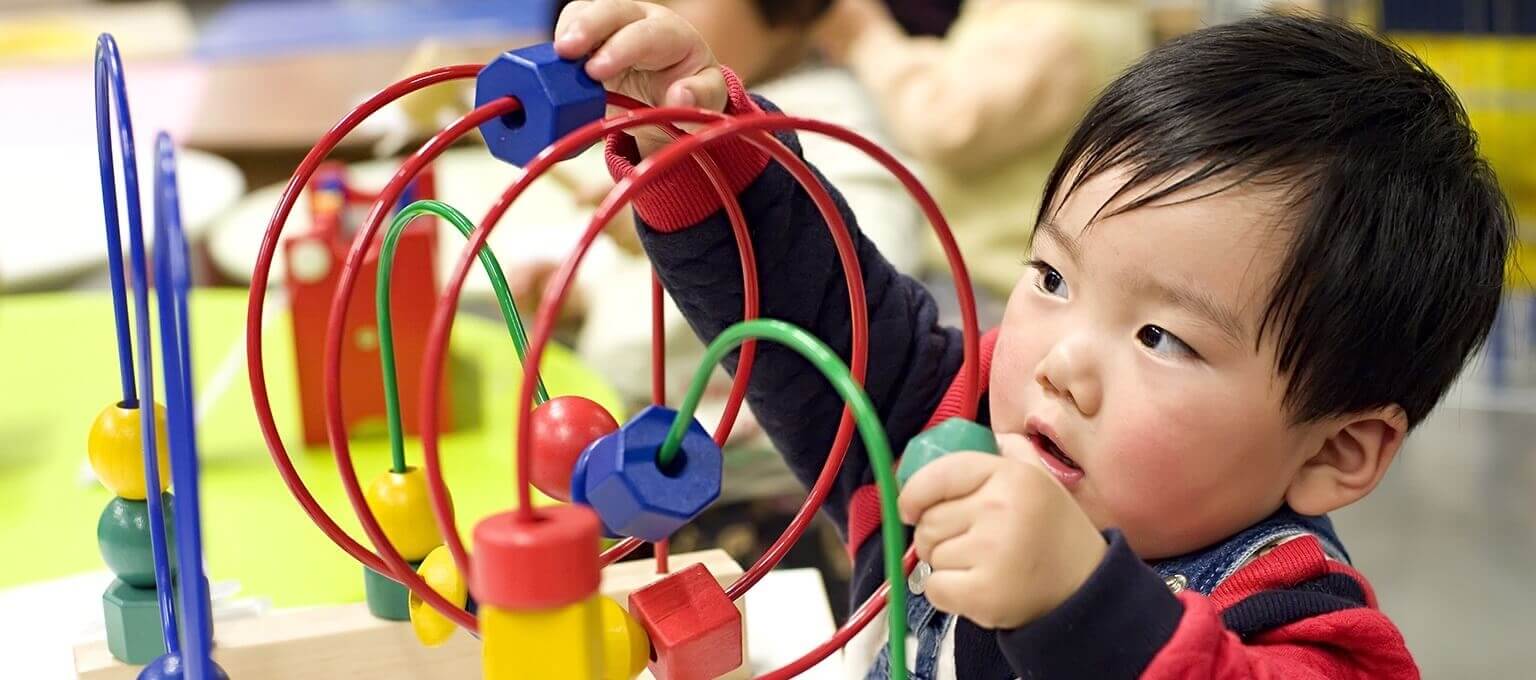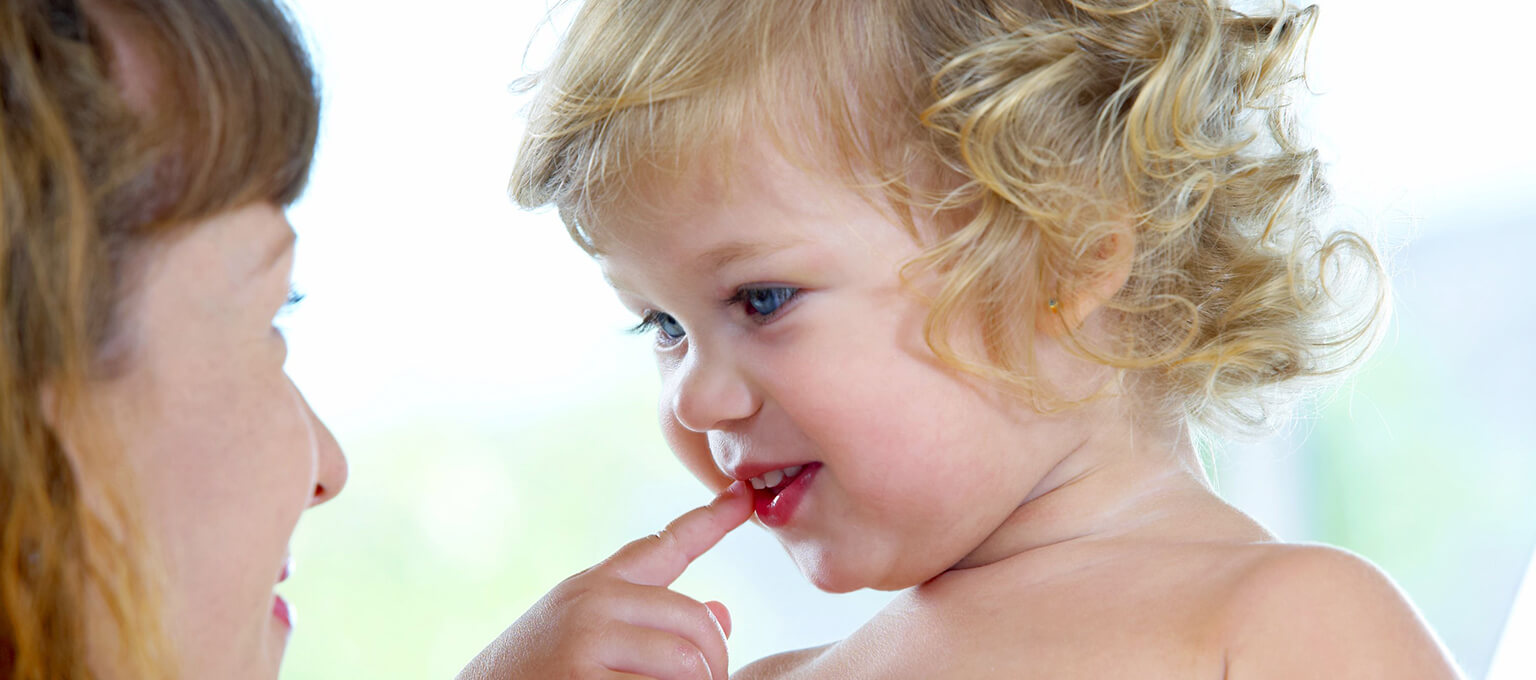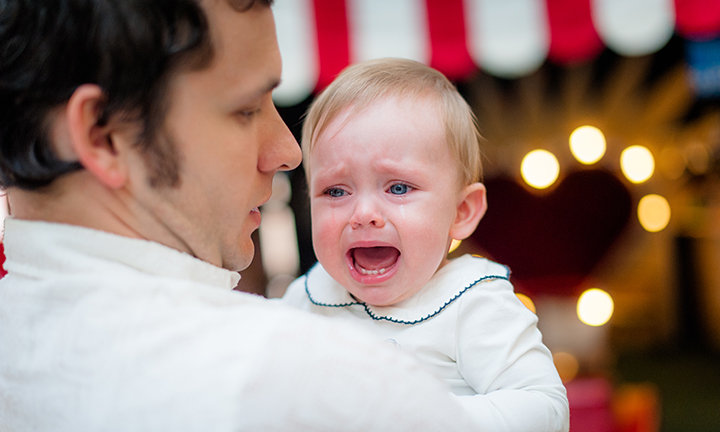
How to Encourage Independence From a Young Age
Apple pies, delicious barbecue, and fireworks on a warm summer night—these are the first things that come to mind when we think about the Fourth of July. Trailing not far behind those nostalgic memories are the lessons of Independence Day we can take and apply to our daily parenting habits.
It’s a good opportunity for us to take an honest look at how we can give our children the gift of independence.
I always ask the parents I work with if they would knowingly choose to instill any of the following traits in their children:
The answer, as you would expect, is always no. None of us choose to instill these traits in our children. But the unintended consequence of some of our best intentions lead to older kids who live with these three traits on a daily basis. There are a few specific things we can do and some ideas we can mull over to help them internalize the feelings of security, confidence, and independence within themselves.
1. Feeling safe comes from two places: trusting their parents & trusting themselves.
It’s easy to fall for the false notion that 100% of our babies’ sense of security comes from being tended to every moment of every day. In reality, it is important that we teach our children that they are just as safe and secure when they are down on the floor as they feel in our arms. When we spend a significantly higher portion of our time holding and immediately tending to our children’s every fussy moment, we are accidentally reinforcing this feeling: I am only safe and secure if I am in my parents’ arms. Yes, we want them to know we will always keep them safe, but we also want them to feel safe independent of us.
2. Give babies safety & security from a distance.
If you know your baby’s needs are all met, you can let them have some independent playtime. This can be tummy time, sitting time, or crawling time. As long as the place you put them down is baby-proofed, you can walk away for a few minutes and let them play. Walk out of the room for a minute or two then come back in. Smile and talk to them enthusiastically. When you come back smiling, your facial expressions and tone are telling them, “You’re okay, and I always come back!”
3. Give toddlers safety & security from a distance.
In toddlerhood, teaching independence takes the form of accepting that they will climb, run, fall over, bonk, and explore. This makes some parents want to hover over them, protect them, and do things for them. Instead of hovering, within reason, let them fall down. Respond calmly and with a comforting smile. When we rush over and wear a look on our faces that shows panic, we are showing them that they are in danger. When we respond calmly and with a comforting smile, we are showing them, “I know you’re okay. Let’s try again!”
4. Let them do it on their own.
Regardless of your child’s age, if they are capable of doing something on their own, but it takes them a little longer, be patient and encourage them instead of doing it for them. There isn’t always time for this of course. Obviously, sometimes you just need to get out the door. When you aren’t running out the door, though, be sure to incorporate modeling and practicing new skills as part of playtime.
5. Give the illusion of power and control.
Giving a child the actual power to make decisions about the day will always backfire. That isn’t teaching independence; that’s called letting your child run the house. Instead, give the illusion of control by letting them make what feels like important choices. Always give opportunities for them to decide between two choices you know you’re okay with. For example, “Would you like bubbles in your bath or no bubbles?” They don’t get to decide if bath-time will happen, but they feel like they have some independence about what happens during bath-time.
6. Child-proof and create opportunities for independent choices.
If you are constantly worried your child will get hurt at home because you haven’t gotten around to child-proofing, this will limit your child’s ability to think and behave independently. Once you know their environment is safe, it frees you up to let them safely explore because you are no longer nervously following them around. Within that safe environment, you can leave some of your child’s favorite activities down where they can easily reach them. Puzzles, books, blocks, and soft toys are all good things to keep down low. In the kitchen, you can make a cupboard that isn’t locked that has some of their dishes. When it is time for snack or a meal, they can choose which dish to use and get it out without help.
7. Look at it from your child’s perspective.
I learn to trust my body’s physical capabilities and limits by exploring, not by being hovered over. I learn about gravity by my parents letting me fall. I learn falling isn't so bad by getting a smile instead of an overreaction from my parents. I learn that I am safe to try something new by my parents encouraging me to do so instead of fearfully saying no or doing it for me. I learn I am safe when I’m alone by my parents allowing me to entertain myself. In these ways, I learn that I am safe/loved/secure both with and without my parents.
8. If they don’t feel safe and secure without you, teaching independence is difficult at best.
The bottom line is, the feeling of personal safety does not come from parents directly providing safety. The feeling of personal safety and security comes from parents teaching their children to trust themselves. Once they feel safe with you and without you, you will see the spirit of exploration, curiosity, and confidence from your little one.
9. Who are you parenting for?
Take some time to examine your parenting motives. When we hover and over-protect our kids, are we doing it because we are genuinely afraid for their safety? Or are we doing it because we fear what other parents will think or say? Often times, we have a false belief that sounds like this: “If I am not overly cautious and always worried about my child, I will be perceived as a bad parent.” I encourage all parents I work with to ask themselves if that statement resonates. Letting go of that false belief helps parents feel empowered to loosen the reins and instill independence instead of anxiousness.
Related Articles:
Read more about Baby
Related Articles
Join a World of Support
through Pregnancy and Parenthood.
TRACK WITH TOOLS
LEARN WITH EXPERTS
GET REWARDED














